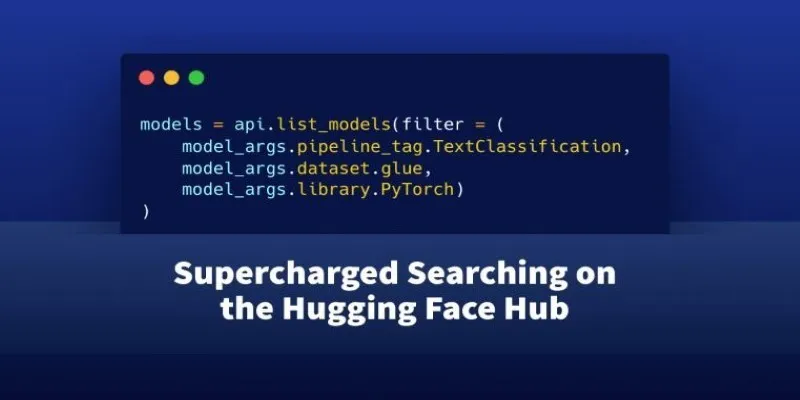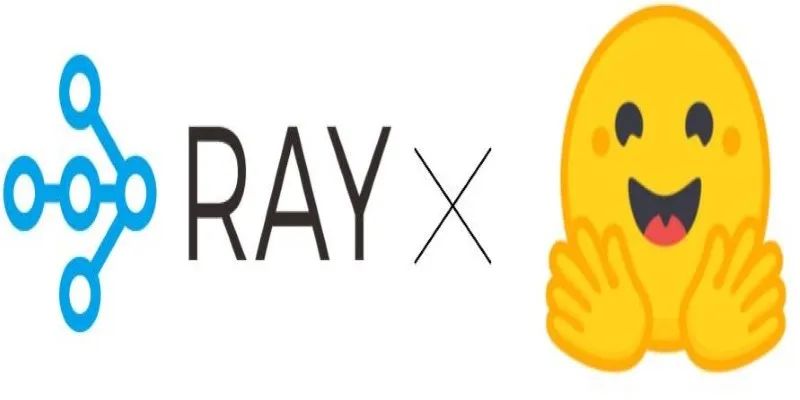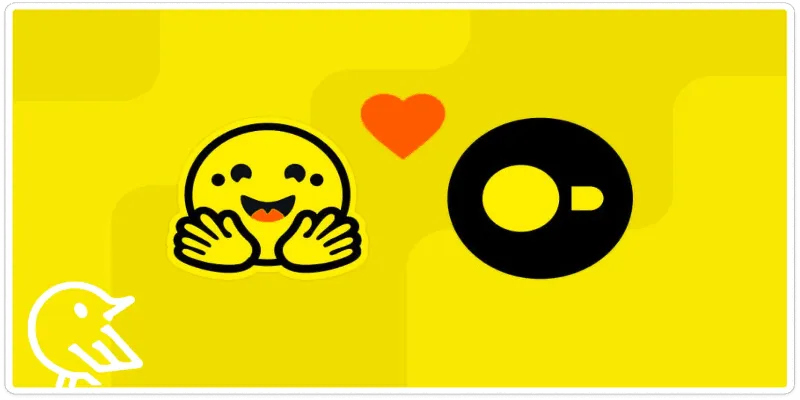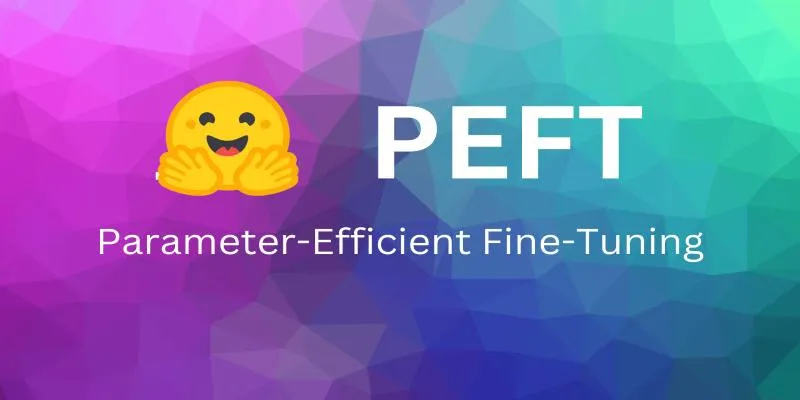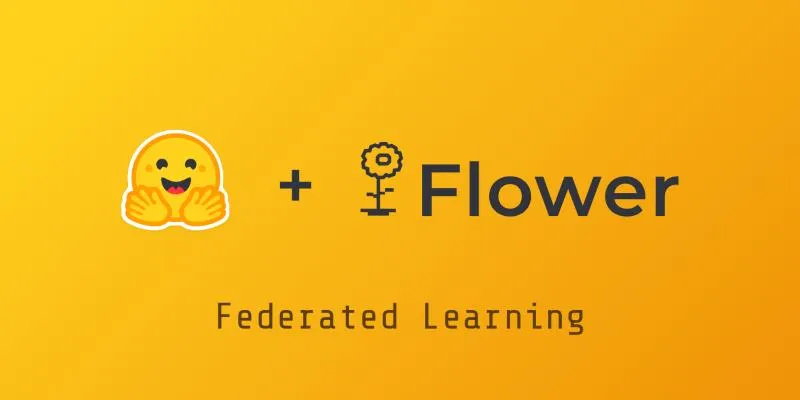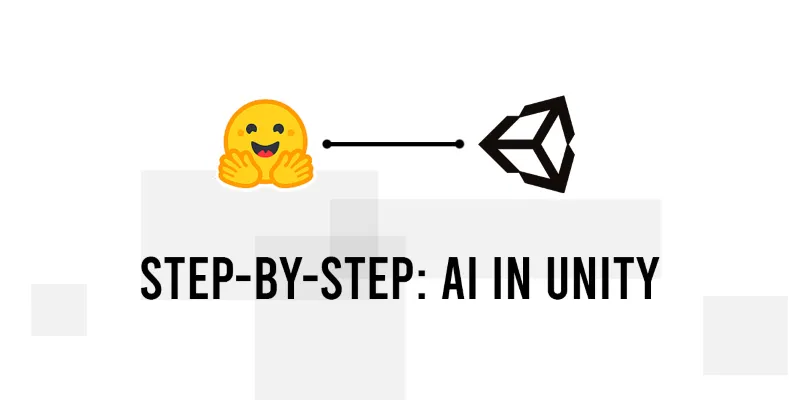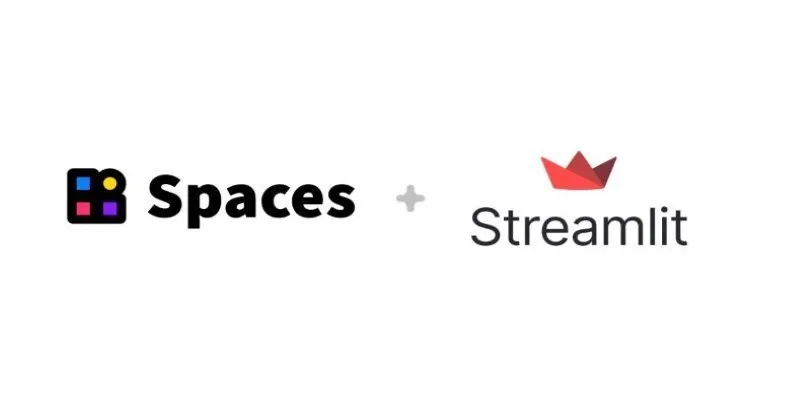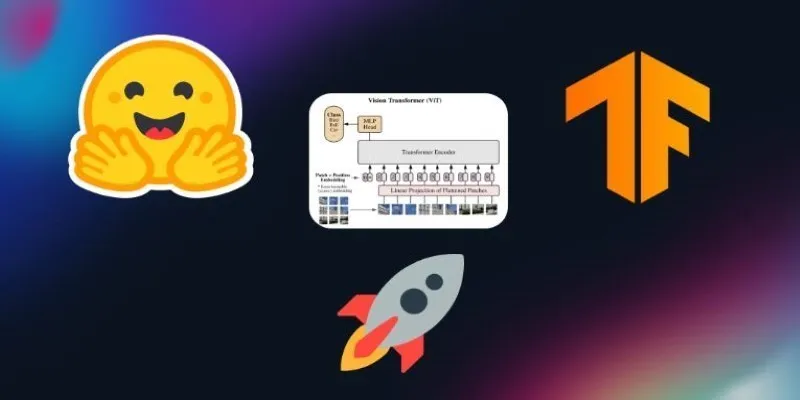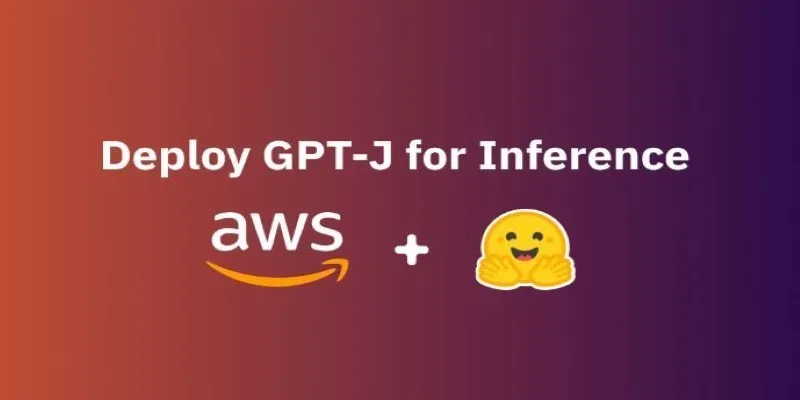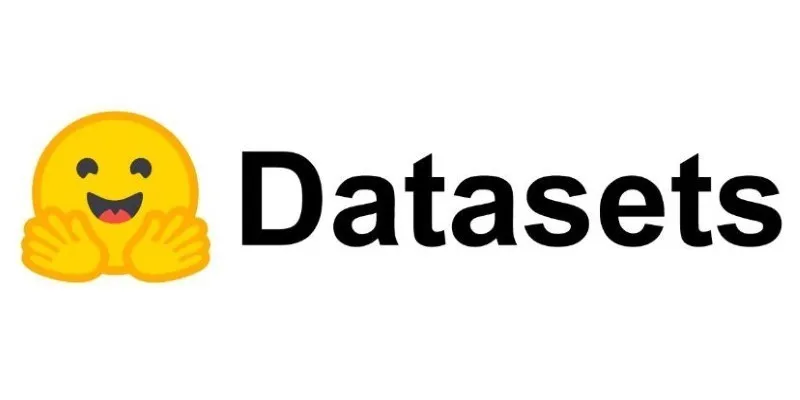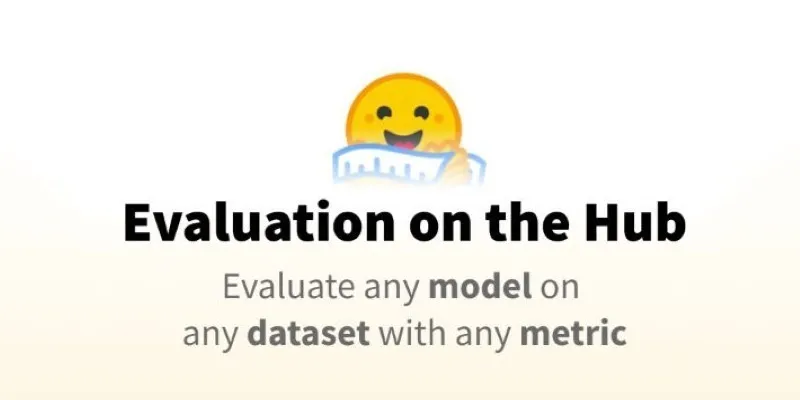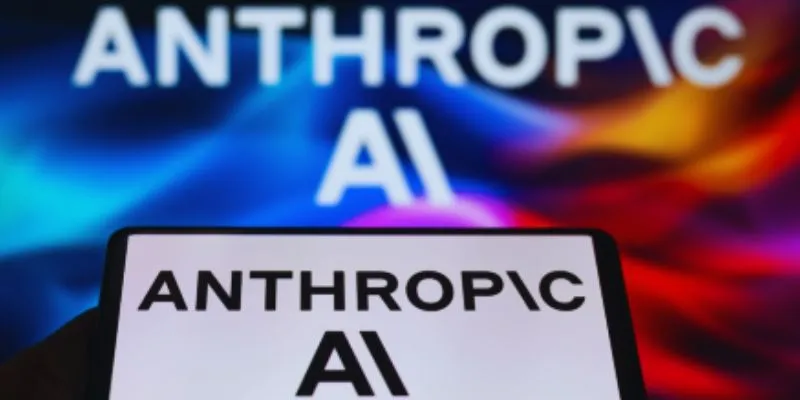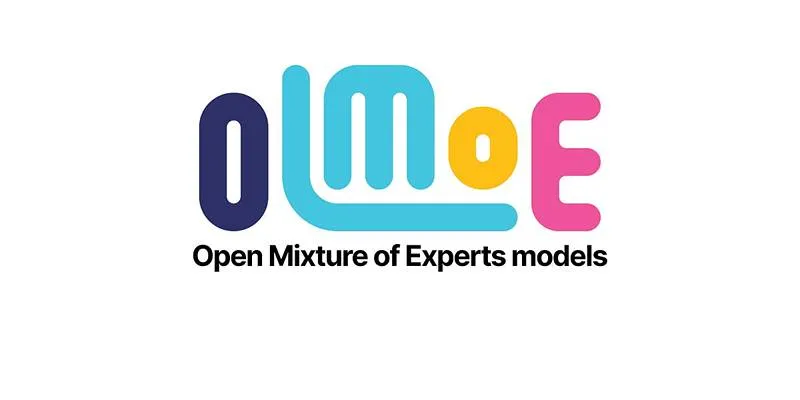If you’re even slightly into machine learning, you’ve probably heard of PaddlePaddle. And if you’re not? Well, imagine a toolkit that helps machines learn things like recognizing faces, understanding language, and even generating images. That’s PaddlePaddle in a nutshell — a deep learning platform developed by Baidu and widely used across Asia.
But here’s where things just got a lot more exciting: PaddlePaddle has officially joined the Hugging Face Hub. That’s right — one of the fastest-growing open-source deep learning frameworks is now part of a platform that’s home to thousands of models, datasets, and tools, all under one digital roof. This isn’t just a nice-to-have move. It’s a big deal. Let’s take a closer look at what this means, why it matters, and what you can start doing today with this new collaboration.
What Exactly Is PaddlePaddle?

PaddlePaddle is an abbreviation of “Parallel Distributed Deep Learning.” The name is a tongue-twister, but the aim is straightforward — to make deep learning easier and more efficient, particularly for scale developers.
It’s full of features such as static and dynamic computation graphs, versatile APIs, and support for anything from computer vision to NLP. Developers using PaddlePaddle love its training speed, multi-GPU support, and how it handles large-scale models without choking.
It’s been a go-to platform in China and the surrounding areas for years. It’s like the behind-the-scenes backbone powering thousands of applications — from smart city initiatives to voice assistants — running smoothly due to PaddlePaddle.
What Does This Hugging Face Integration Mean?
Now that PaddlePaddle is part of the Hugging Face Hub, developers can discover, share, and use Paddle models just as easily as any PyTorch or TensorFlow model. That’s a huge step forward. Here’s what you can now expect:
-
Ready-to-use models: Search for PaddlePaddle models right on the Hugging Face Hub, just like you would for any other framework. You’ll find a growing list — from image classifiers and sentiment analyzers to models fine-tuned for Chinese NLP and OCR.
-
In-browser testing: No need to set things up locally. You can try out models directly in your browser with a few clicks. It’s helpful when you just want to validate what a model does before pulling it into your codebase.
-
One-click deployment: Thanks to Hugging Face Inference Endpoints, PaddlePaddle models can go from browsing to production faster than ever. You won’t need to worry about separate hosting or spinning up your own server.
-
Community uploads: Anyone working with Paddle can upload their models to the Hub, making collaboration smoother. This makes it easier for teams across the world to build on each other’s work, whether you’re refining a vision model or translating speech into text.
If you’ve ever worked on a machine learning project, you know that reusing a well-trained model can save days (or even weeks).
How to Use PaddlePaddle Models on Hugging Face (Step-by-Step)

Getting started isn’t complicated. If you’re familiar with Hugging Face workflows, this will feel natural. And if you’re new to all of it — no worries, we’ve got you.
Step 1: Find a Model
Go to huggingface.co/models and search for “PaddlePaddle” or filter by the library. You’ll find models trained for image classification, natural language processing, and more.
Step 2: Try It Right on the Page
Each model page offers an “Inference Widget.” That’s where you can upload a test image or enter text (depending on the model type) and see how it performs — no installation required.
Step 3: Use It in Your Code
Each model page also shows you the exact snippet you need. Here’s a simple example for using a PaddlePaddle model with paddlenlp:
from paddlenlp import Taskflow
cls = Taskflow("sentiment_analysis")
cls("I love how easy this is now!")
Yep, it’s that short. No more digging around to figure out dependencies or model compatibility.
Step 4: Upload Your Own Model
Working on something great? You can push your Paddle model to the Hub in just a few lines. Use the huggingface_hub Python library or even the web interface.
Just make sure your model card is filled out clearly — that way, others will know exactly what your model does, how to use it, and any licensing info they need to be aware of.
Why This Matters for Developers Everywhere
Here’s the part that’s easy to overlook: Until now, PaddlePaddle didn’t have the same exposure in Western open-source circles as TensorFlow or PyTorch. That’s not because it’s any less capable. In fact, in some tasks — especially at scale — it performs beautifully.
This collaboration finally bridges that visibility gap. It also means:
-
Multilingual and multicultural models: Developers now have easier access to models built for Asian languages, which have been underrepresented in mainstream hubs.
-
More choice for production teams: Paddle is well-suited for edge deployment and mobile devices. If you’re building something lightweight or power-sensitive, it’s worth checking out.
-
Cross-framework inspiration: Developers can now browse how models are built in Paddle and borrow ideas, even if they prefer other tools. It’s all open, after all.
And for those who like to tinker? You now have thousands of new model options to test, compare, and build on. Some will surprise you.
Final Thoughts
In a space that’s constantly evolving, this feels refreshingly straightforward: PaddlePaddle is now on Hugging Face, and that’s going to make life easier for a lot of developers. Whether you’re a solo coder, a startup dev, or working on a team with global-scale ambitions, having PaddlePaddle models available this easily changes the game a little, in the best way possible.
So go ahead. Browse the models. Run a quick test. Or upload your own and let the community benefit. This is one of those quiet, powerful steps forward that doesn’t come with fireworks, but makes things smoother from here on out. And honestly? We’re all here for it.
 zfn9
zfn9
